Recycled material
Recycled material
Recycled Material in Packaging
Recycled material refers to materials that have been reprocessed from waste products and used again in new products. In the context of packaging, recycled material plays a crucial role in reducing waste and conserving natural resources.
What is Recycled Material?
Recycled material is made from items that were once considered waste. These items are collected, processed, and transformed into new materials. This process helps to reduce the need for new raw materials and minimizes the environmental impact.
Benefits of Using Recycled Material in Packaging
Using recycled material in packaging offers several benefits. It helps to reduce the amount of waste sent to landfills. It also conserves natural resources like trees, water, and minerals. Additionally, it can lower energy consumption and greenhouse gas emissions.
Types of Recycled Material
There are various types of recycled material used in packaging. Common examples include recycled paper, cardboard, plastic, and glass. Each type has its own recycling process and can be used to create different packaging products.
How to Identify Recycled Material
Many packaging products made from recycled material are labeled with a recycling symbol. This symbol indicates that the product is made from recycled content. Consumers can look for this symbol to make eco-friendly choices.
Challenges of Using Recycled Material
While using recycled material has many benefits, it also comes with challenges. The quality of recycled material can vary, and it may not always be as strong or durable as new materials. Additionally, the recycling process can be complex and costly.
Conclusion
Recycled material is an essential component of sustainable packaging. By choosing products made from recycled material, consumers and businesses can help reduce waste and protect the environment. Understanding the importance and benefits of recycled material can lead to more informed and eco-friendly choices.
Blog Posts with the term: Recycled material
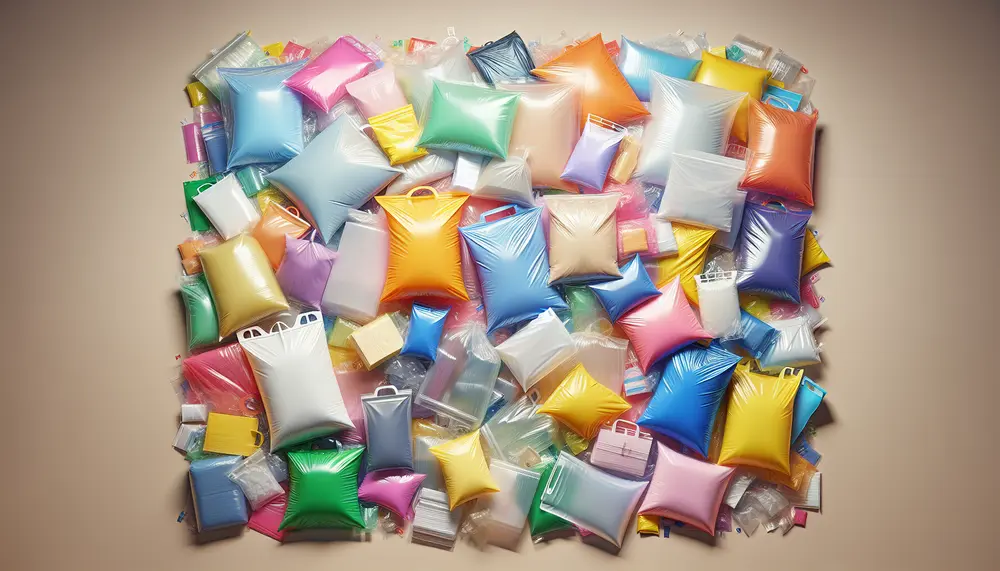
LDPE bags are versatile and durable packaging solutions made from Low-Density Polyethylene, suitable for a wide range of applications including food packaging, medical supplies, retail merchandise, industrial parts, and agricultural products. They offer benefits such as cost efficiency, protective qualities...
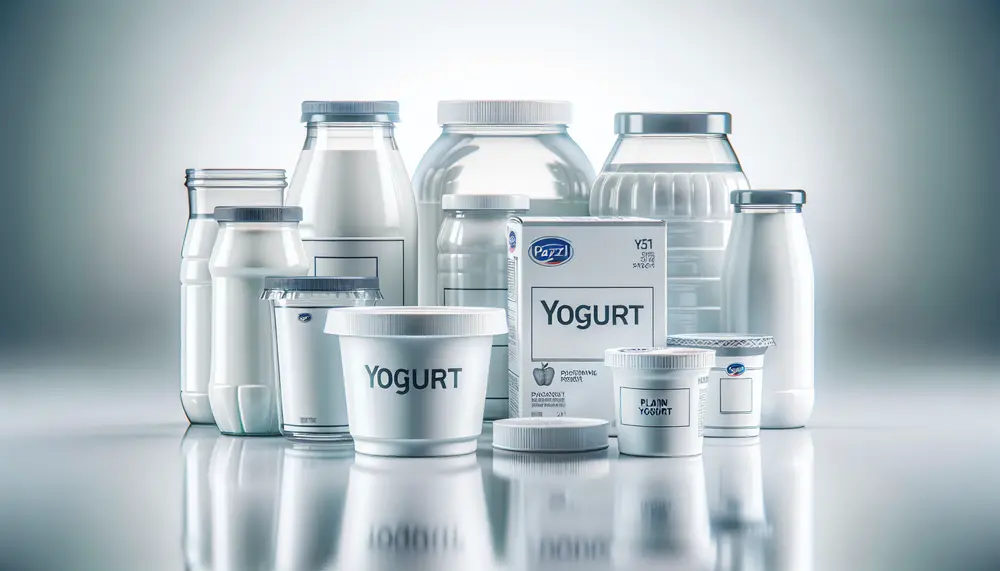
The article discusses the significance of yogurt packaging materials in preserving quality, extending shelf life, and marketing. It highlights various types of packaging like glass, plastic, composites, eco-friendly alternatives, and metal containers with their respective properties. Packaging choices for yogurt impact...
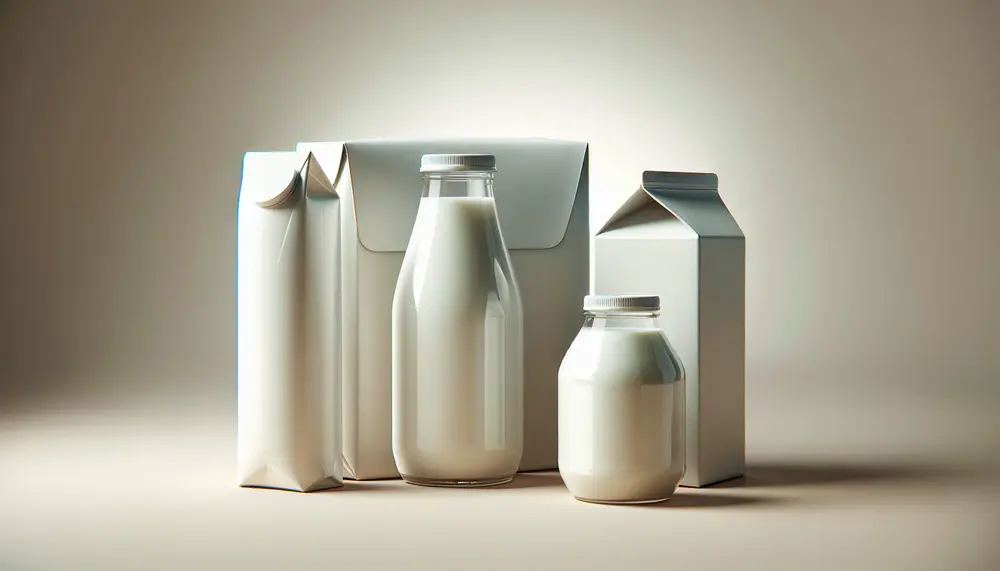
This article discusses the evolution and variety of milk packaging materials, highlighting their role in preserving milk's freshness, taste, and nutrition. It covers historical advancements from glass bottles to modern sustainable options, examining each material's benefits and drawbacks for consumers...

Packaging plays a crucial role in marketing, serving as the initial contact point between consumers and brands. It not only protects the product but also communicates its story, reflects brand identity, influences purchase decisions through design and functionality, attracts attention...
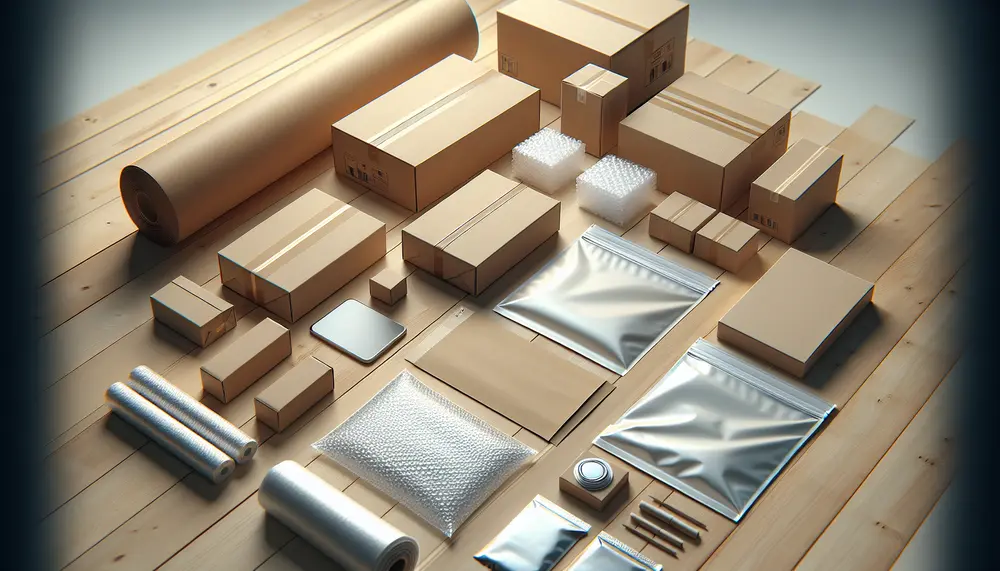
Packaging in marketing is a multifaceted tool that influences brand perception and market success, serving not only to protect products but also as a silent salesman through design elements that convey brand values. It enhances visibility, appeal, protection, communication of...
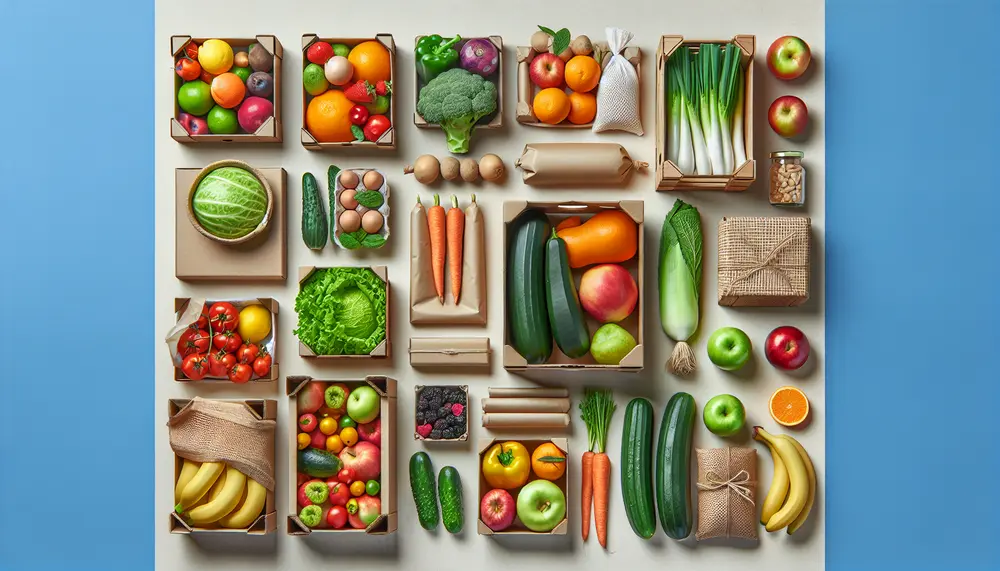
Packaging in agriculture is crucial for protecting produce from farm to market, maintaining quality and freshness, and enhancing logistical efficiency. It reduces waste, ensures food safety, aids branding, and supports global trade by enabling access to wider markets....
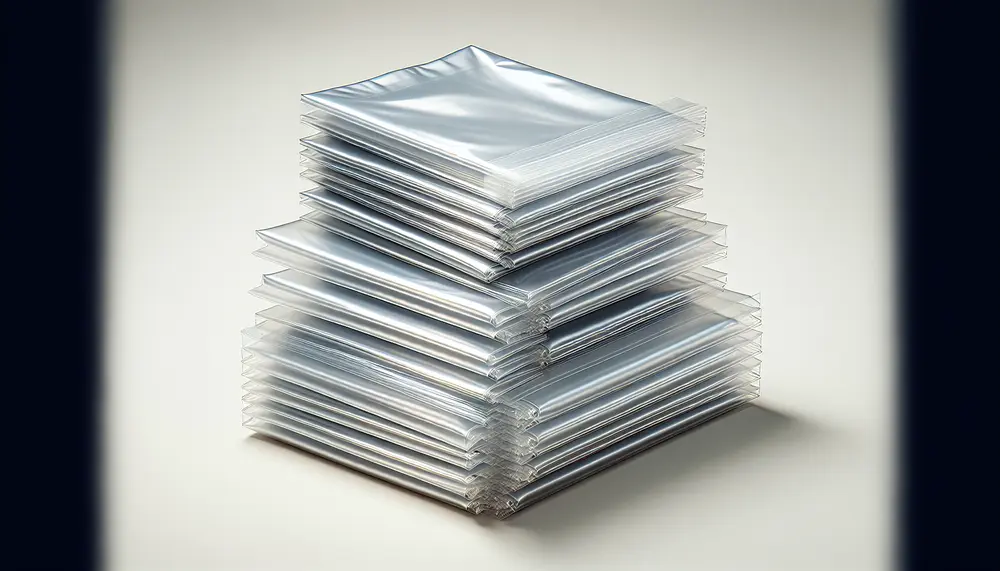
OPP bags, known for their strength and clarity, are essential in packaging for protection, presentation, and preservation of products. They offer advantages like durability, resealability, cost-effectiveness but have drawbacks such as being non-biodegradable; various types exist to suit different applications. Different...
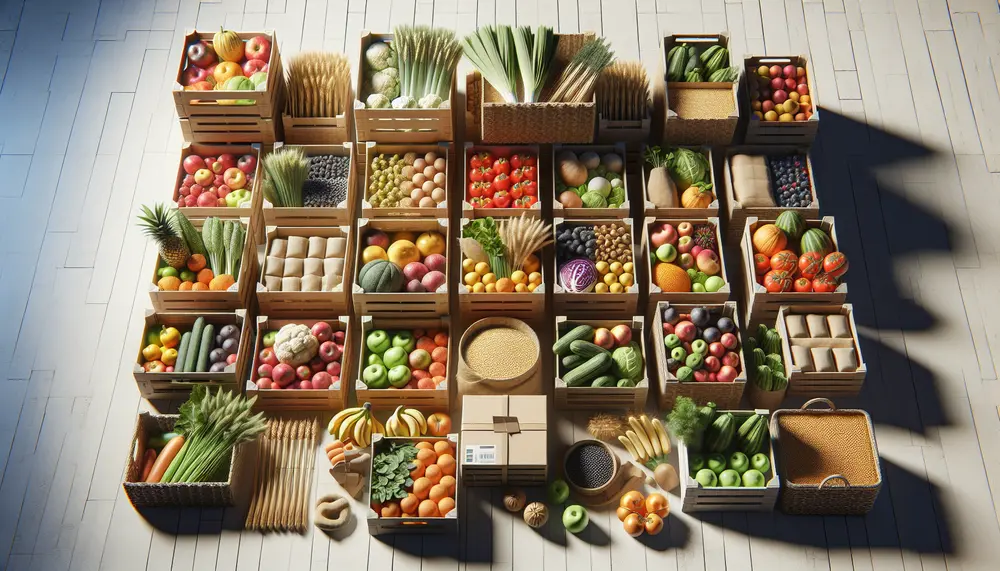
Understanding the Basics of Packaging Materials in Agriculture: Agricultural packaging is essential for protecting produce during transport and extending shelf life, with material choice balancing product needs, efficiency, marketing appeal, and sustainability. Choosing the Right Packaging for Your Agricultural Products: Selecting...

The article traces the history of packaging from natural materials used by early humans to innovations like wooden containers and paper, highlighting its role in trade and commerce. It details China's invention of paper as a transformative material for packaging...
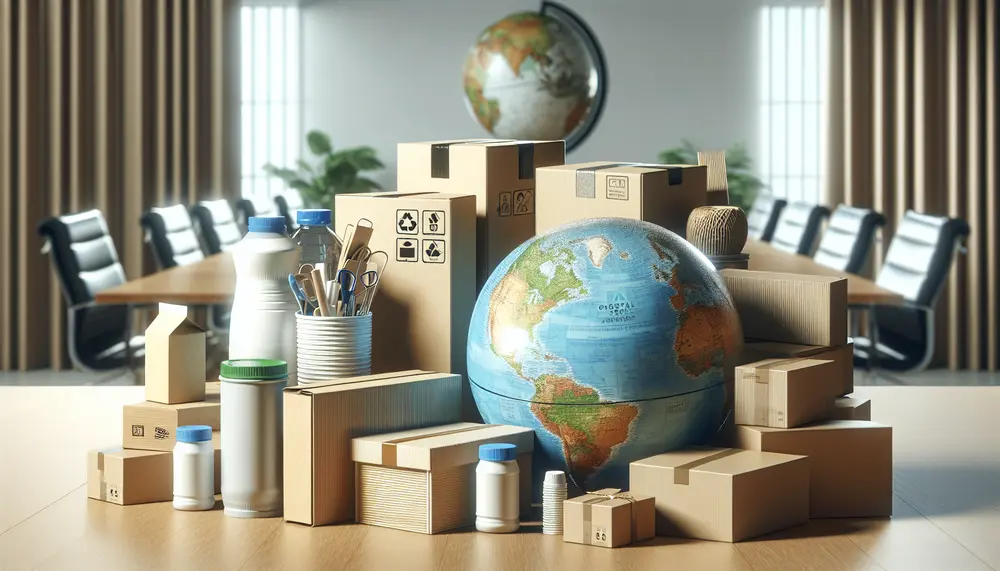
EU packaging regulations require businesses to minimize waste, enhance recyclability, and reduce hazardous substances. Compliance with the Packaging and Packaging Waste Directive is essential for market access in the EU....
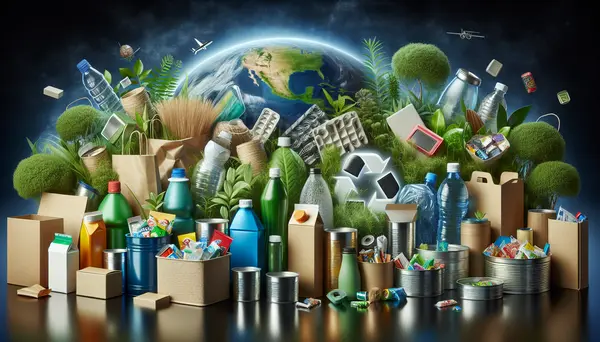
Recycling in packaging is a viable option for mitigating environmental degradation and meeting consumer demands while still fulfilling the requirements of businesses. Challenges persist, but the future looks promising with technological advancements and an increasing focus on sustainability and a...
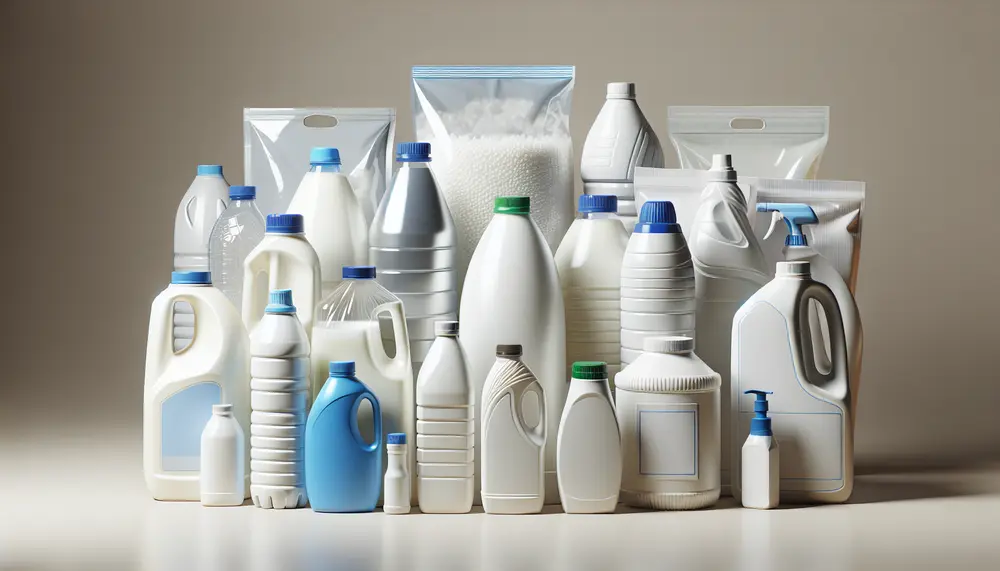
High-Density Polyethylene (HDPE) is a durable, versatile thermoplastic with a high strength-to-density ratio used in packaging, construction, and various other applications due to its resistance to impact and chemicals. HDPE's production involves polymerization of ethylene gas using different methods that...
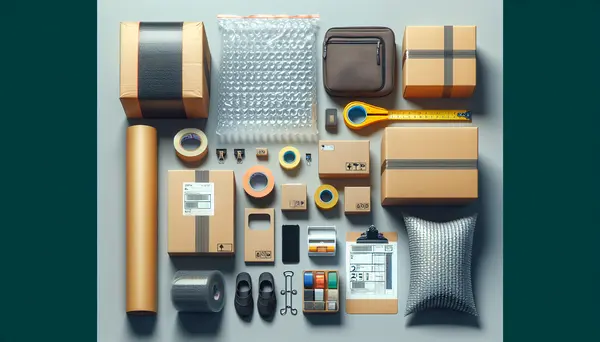
Zip packaging, also known as zip-lock or resealable packaging, is a versatile and functional form of product packing that maintains the freshness and quality of products. It plays a crucial role in ensuring product safety across various industries by preventing...
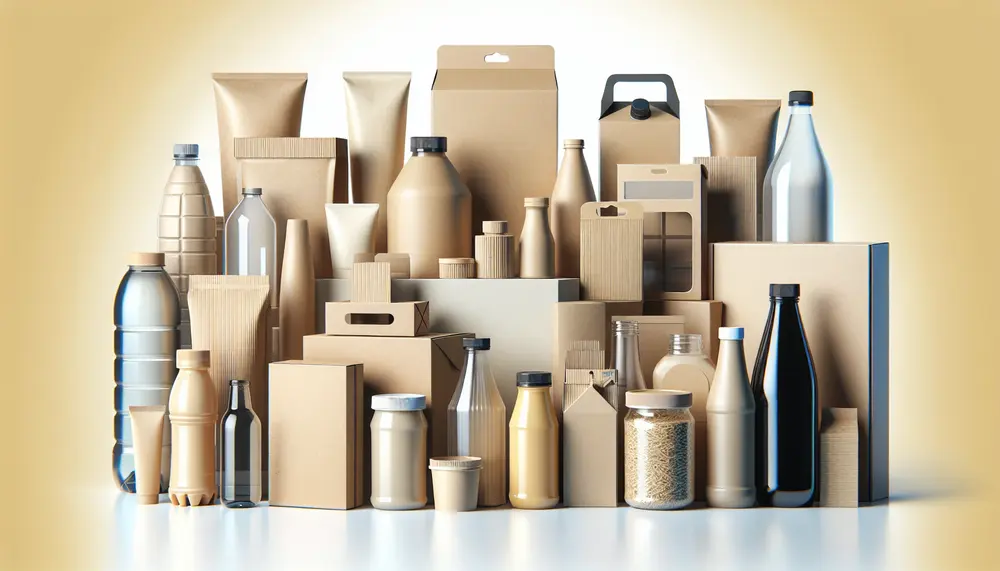
Packaging design has evolved from mere protection to a complex brand storytelling and consumer engagement tool, incorporating aesthetics, functionality, sustainability, and technology. It enhances user experience through convenience, visual appeal, emotional connection, and by reflecting the product's quality....
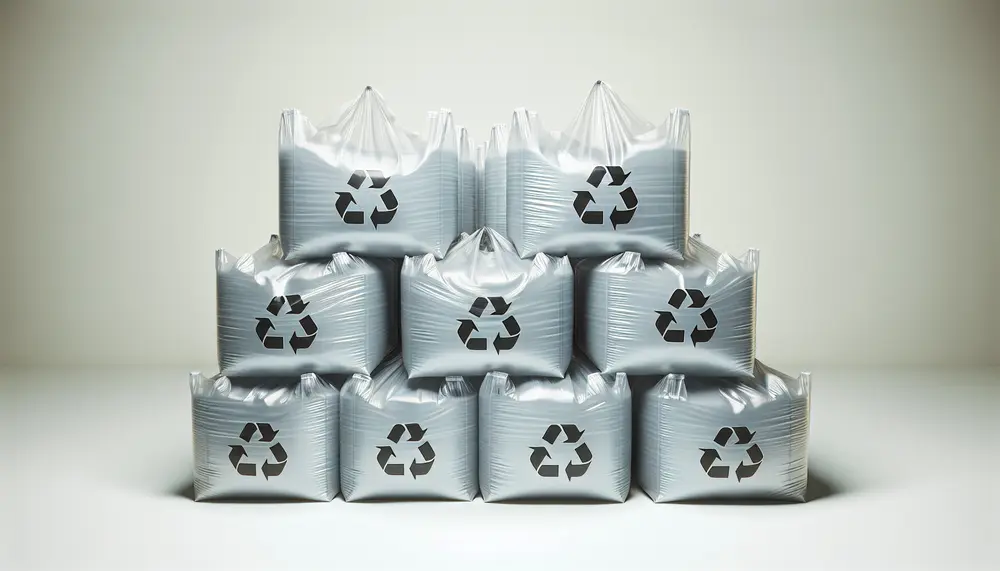
HDPE bags are known for their strength, flexibility, and eco-friendliness due to their robust molecular structure; they resist impacts, chemicals, moisture, and temperature variations while being recyclable. Their durability allows multiple uses and secure transportation of goods with less environmental...
